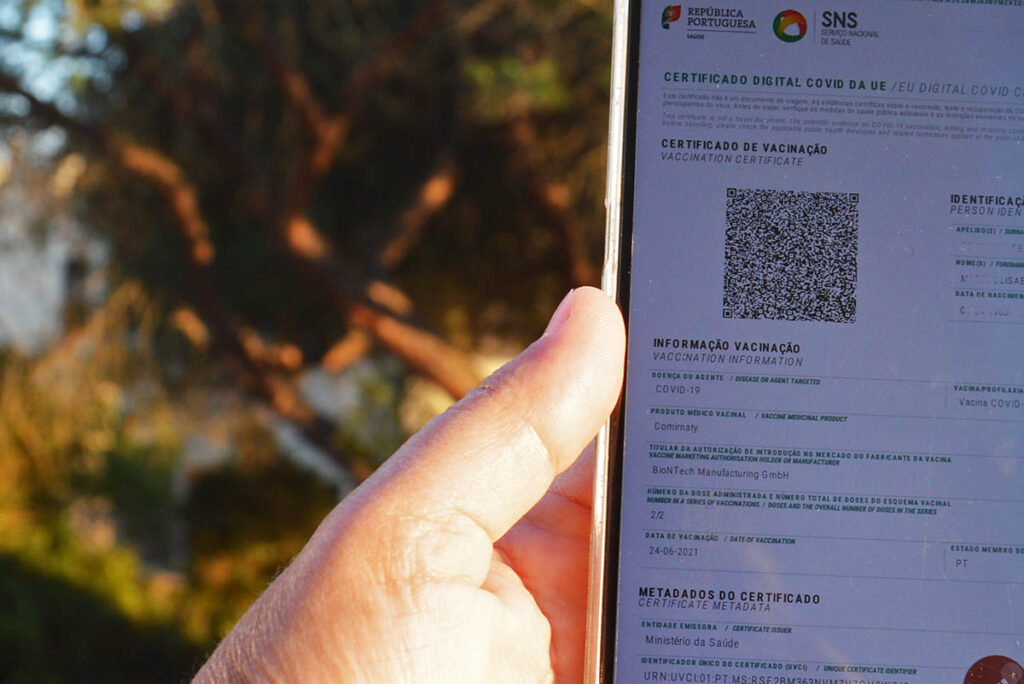Visits by children and young people in the foster home must present the covid-19 Digital Certificate to enter the institution, according to guidance from the General Directorate of Health (DGS) released this Friday, 29 October.
In the guideline “Covid-19: Reception and shelter structures for people in need of protection”, now updated, the DGS states that these institutions, “by their characteristics, can be sites of transmission of infection by SARS-CoV-2”, therefore, additional measures must be taken to ensure that transmission of the disease is minimized in these contexts.
Regarding the visits of candidates for adoption, in the context of the transitional phase of the adoptive project, the health authority recommends that they should take place "in an appropriate space, independent of the foster home".
This is to allow the transition to take place without affecting the other children sheltered there, says the DGS, adding that "there may be exits to public gardens or parks or indoor places that are properly sanitized and ventilated".
In order to carry out visits, in addition to presenting a Digital Certificate, the institution must inform professionals, users and visitors about the visiting rules, namely, the hours, spaces for visits, physical distance care and the use of masks in the interior space.
When users leave the institution, they must comply with all recommended public health measures, and the institution must ensure proper awareness and information for children and young people and their families or prospective adopters, as well as the provision of masks for their users.
Regarding the admission of new users and re-entries, the guidance recommends that the welcoming meeting be held with the fewest possible number of people, in ample space, with the use of a mask and distance.
On admission of new users and on re-entry after absences longer than 24 hours, the existence of signs or symptoms suggestive of covid-19 and a history of contact with a confirmed case of infection in the last 14 days should be questioned.
If there is a suspicion of covid-19, the new user must be referred, with a mask, if their clinical condition and age allow, to the isolation area defined in the Contingency Plan, but this situation does not constitute an impediment to their admission.
The Directorate-General for Health also states that the crowding of people in the common areas of these institutions should be avoided, promoting their use by small groups at different times.
When there are shared rooms, as few users as possible should be placed in each room, keeping a distance between beds.
"In shelters where common spaces are shared without the use of a mask and with the possibility of interaction between children and young people, the distance between beds can be reduced", he adds.
In the case of emergency shelter responses and in shelters for victims of domestic violence, in rooms with more than one bed, which allow the permanence of the victims and the children in care, no more than one household per room should be accommodated.



















Comments